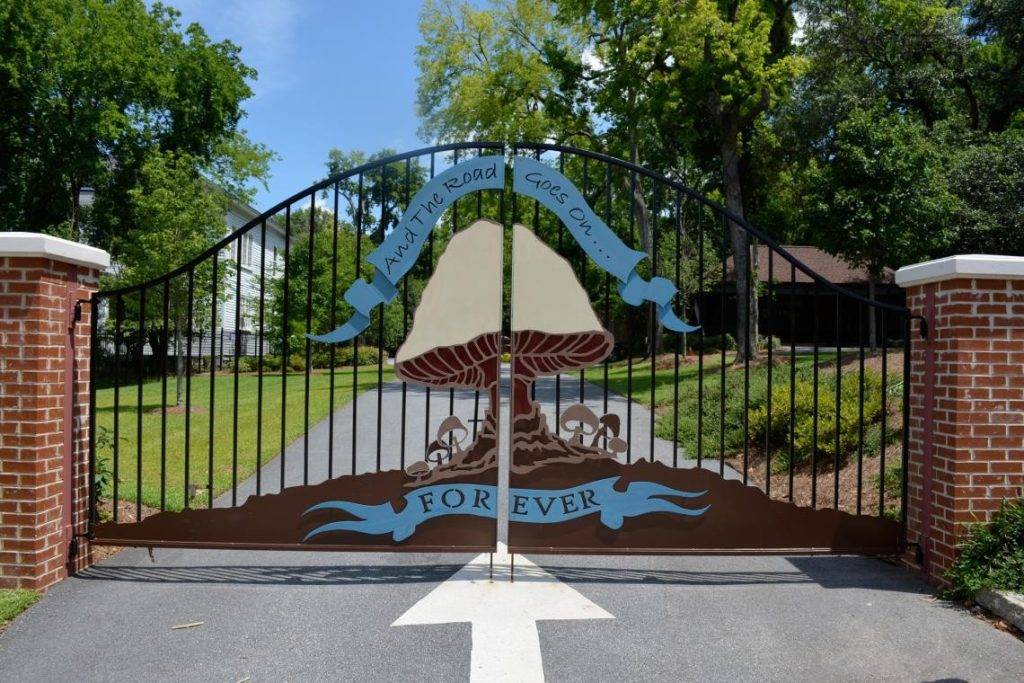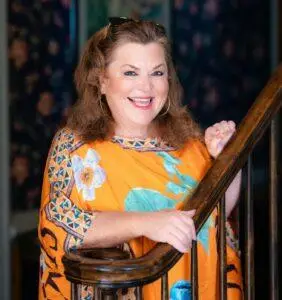The Allman Brothers Legacy in Macon, GA
Macon, Georgia, is more than just a charming Southern city; it is a cornerstone of American music history. The Allman Brothers Legacy in Macon, GA is a favorite attraction for visitors from around the world. Here, you can tour their home, explore a collection of their instruments, and step into the very rooms where they once lived—still furnished, almost like a preserved time capsule. Known as the birthplace of Southern rock, Macon has nurtured countless legendary artists, but few have left a mark as profound as the Allman Brothers Band. Their years in Macon were transformative, both for their music and for the city itself, creating a legacy that continues to inspire and resonate with fans everywhere.
Big House Images Courtesy of Visit Macon
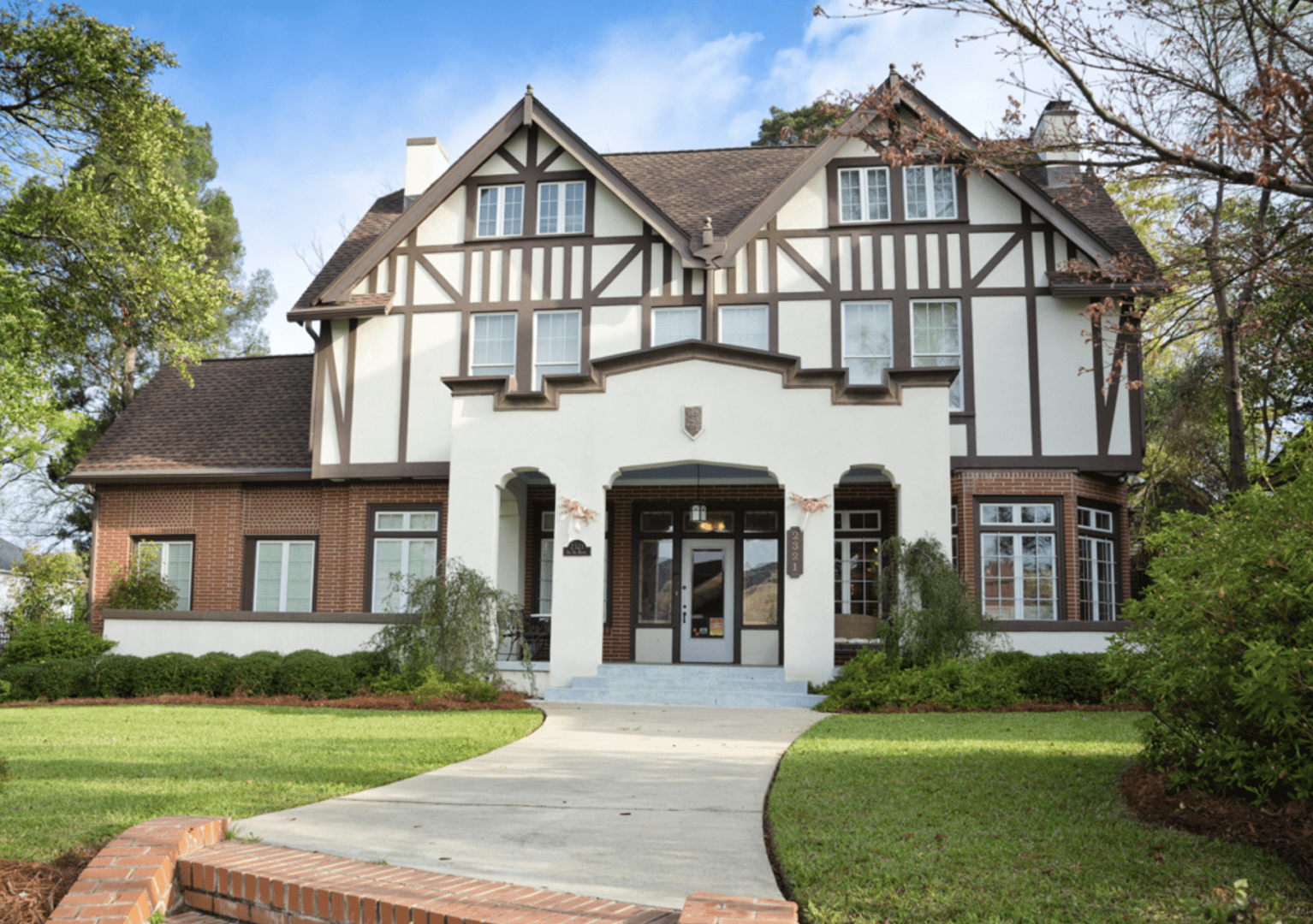
The Arrival in Macon
In April 1969, the Allman Brothers Band, led by the talented guitarist Duane Allman, moved to Macon after signing with Capricorn Records. Capricorn Records, founded by Phil Walden, a prominent local music promoter, offered the band a unique opportunity to grow and develop their sound in a supportive environment. The move was strategic—the band sought a creative hub away from the chaos of larger cities, and Macon, with its rich musical roots and welcoming community, provided the perfect setting.
The band initially lived in a communal apartment on 309 College Street, affectionately nicknamed the “Hippie Crash Pad.” This early period in Macon allowed the band members to focus intensely on their music while forming the close-knit bonds that would define the Allman Brothers Band’s identity. It was a time of experimentation, creativity, and laying the groundwork for what would become a revolutionary sound in Southern rock.
The Big House: More Than a Home
In 1970, the band moved into the iconic 18-room Tudor Revival home at 2321 Vineville Avenue, known today as “The Big House.” This residence quickly became the heart of their creative world. More than just a home, it was a living, breathing hub of music, collaboration, and camaraderie. Members of the band, along with their families and friends, lived together under one roof, creating a communal environment that nurtured creativity and artistic growth.
The Big House was the site of countless songwriting sessions, jam sessions, and informal performances. It was here that the Allman Brothers Band developed their signature sound, blending blues, jazz, rock, and country influences into the pioneering Southern rock genre. The atmosphere at The Big House fostered a sense of brotherhood among the band members, a bond that would help them navigate both the triumphs and tragedies of their careers.
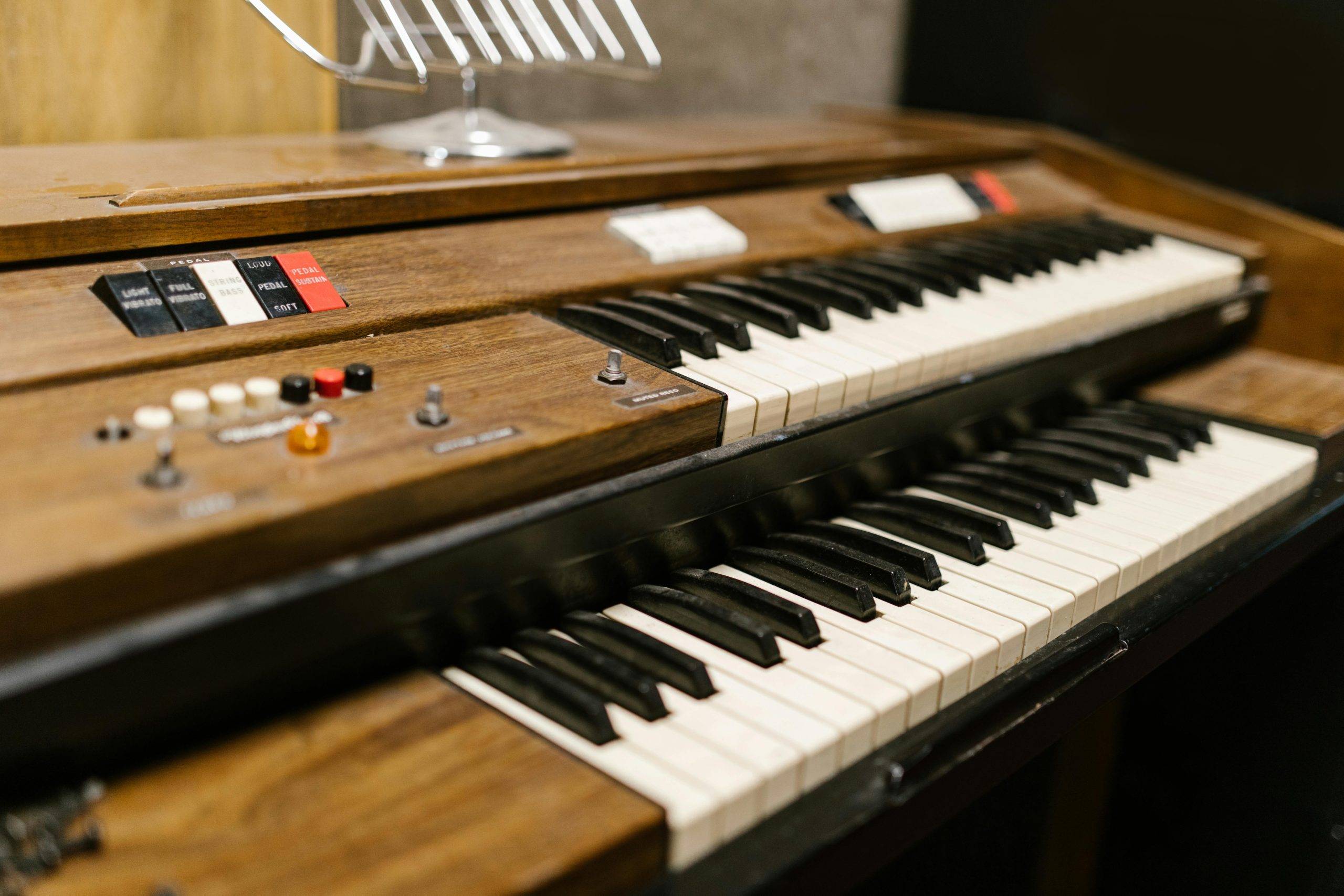
Macon’s Local Venues: Shaping a Sound
During their Macon years, the Allman Brothers Band honed their live performance skills at local venues that played a crucial role in their development. Grant’s Lounge, a historic bar on Cherry Street, was a key spot where the band frequently performed, perfecting their extended improvisations and raw, soulful sound. The Library Ballroom, now known as the College Discotheque, hosted the band’s first paid performance on May 2, 1969—a pivotal moment that set them on the path to national recognition.
These local performances allowed the band to connect directly with audiences, experimenting with their sound and learning how to command a stage. The energy and feedback from Macon audiences helped shape the Allman Brothers Band’s legendary live shows, which would later define their reputation and influence countless musicians.
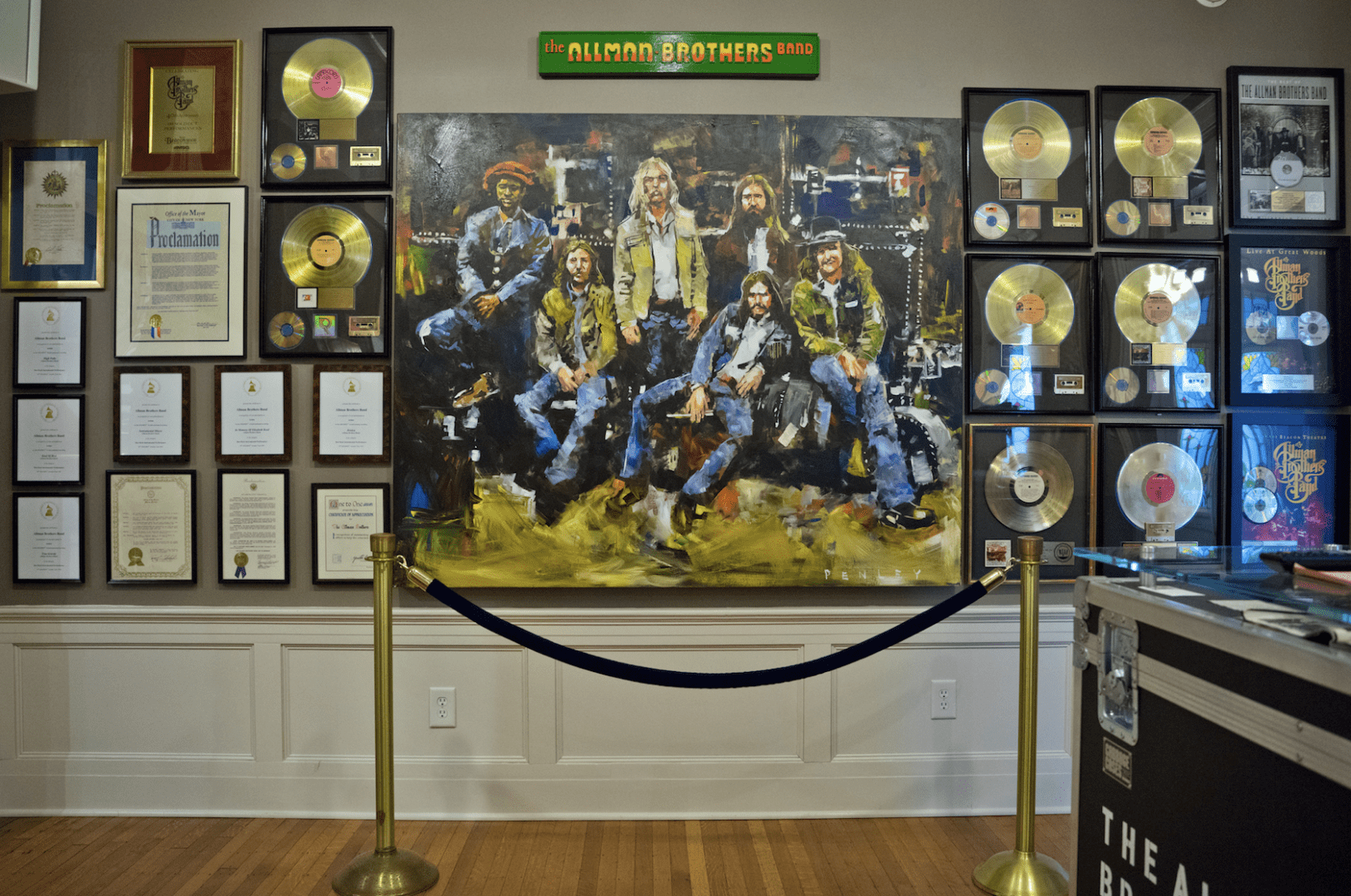
Cultural Influences in Macon
Macon’s unique cultural landscape also influenced the Allman Brothers Band’s artistry. Rose Hill Cemetery, located just a short walk from The Big House, became a reflective sanctuary for the band members. Many would visit the cemetery to contemplate life, loss, and creativity, drawing inspiration from the serene setting and historical significance of the grounds.
The H&H Soul Food Restaurant, affectionately known as “Mama Louise’s,” was another key influence on the band’s Macon experience. Owned by Louise Hudson, the restaurant served hearty Southern meals and became a place where the band could connect with the community. Frequent visits to H&H provided not only nourishment but also a sense of belonging, grounding the band in the local culture and adding to the authenticity of their Southern roots.
Triumph and Tragedy
The Allman Brothers Band’s Macon years were marked by both incredible achievement and profound loss. In 1971, Duane Allman, whose guitar work had become legendary, tragically died in a motorcycle accident. Just a year later, bassist Berry Oakley died in a similar accident. These losses were devastating, yet the remaining members of the band persevered. They continued recording and performing, determined to honor their fallen bandmates while advancing the sound they had cultivated in Macon.
Despite these tragedies, the band produced some of their most influential work during this period, including the albums Idlewild South, At Fillmore East, and Eat a Peach, which showcased their intricate guitar work, extended improvisations, and genre-blending style that came to define Southern rock.
Preserving the Legacy: The Allman Brothers Band Museum
In 2009, The Big House was transformed into The Allman Brothers Band Museum, preserving the band’s legacy for future generations. The museum houses an extensive collection of memorabilia, including instruments, personal artifacts, costumes, and rare photographs. Visitors can explore the living spaces, recording areas, and communal rooms where the band’s creativity flourished.
The museum serves as a testament to the Allman Brothers Band’s enduring influence and their deep connection to Macon. Fans from around the world visit The Big House to experience firsthand the environment that nurtured one of the most important bands in American rock history. For more information on visiting, check out Visit Macon.
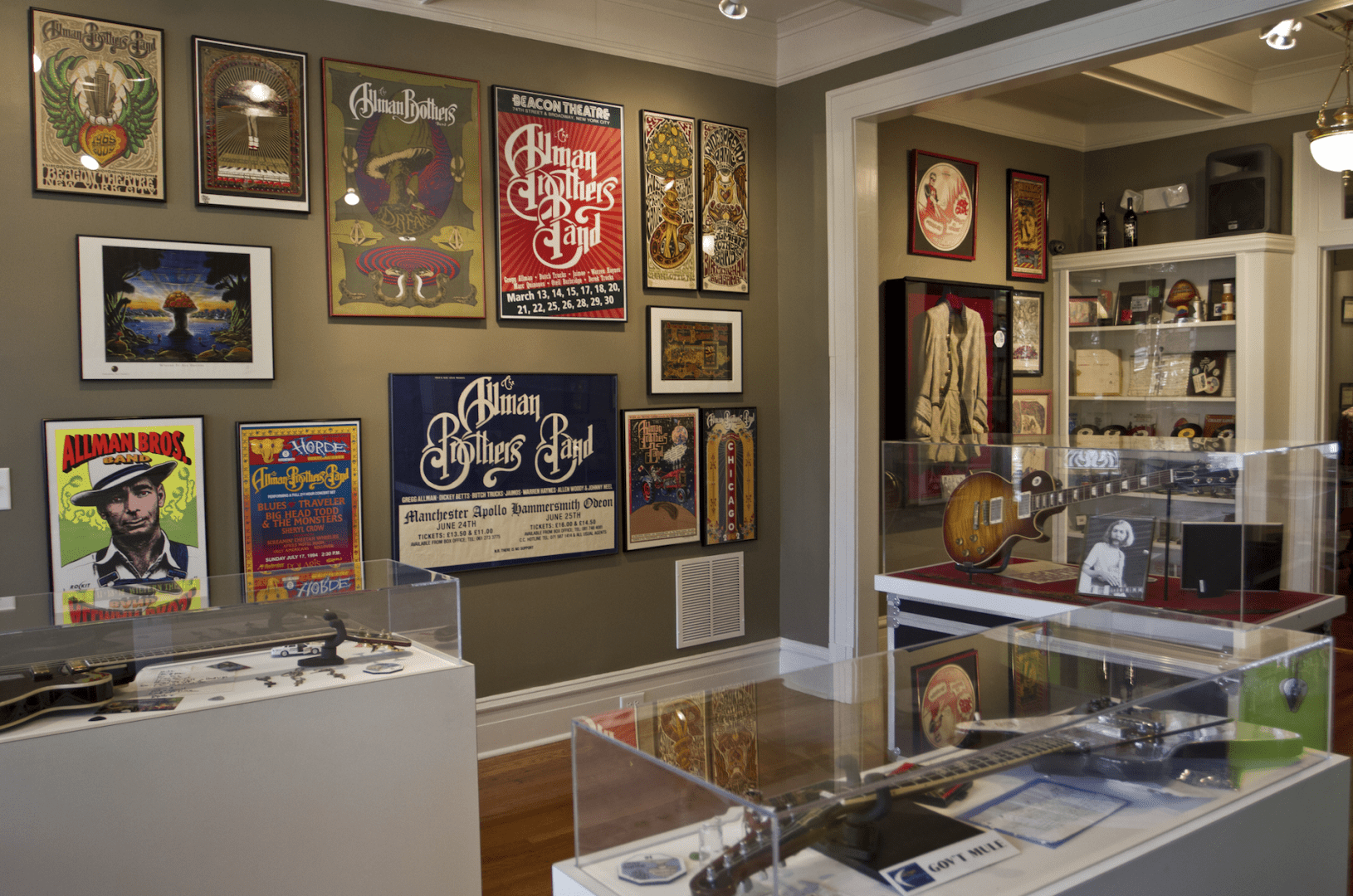
Macon as a Musical Hub
The Allman Brothers Band was just one part of Macon’s rich musical heritage. The city has also been home to other legends such as Little Richard and Otis Redding, whose contributions to music helped shape the sound of the South and beyond. The city’s blend of cultural influences, from gospel to blues to jazz, created an environment where musical innovation could thrive.
Exploring Macon offers a journey through the roots of American music. Fans of the Allman Brothers Band can experience the city that inspired their greatest work, from live music venues to historic neighborhoods, while also appreciating the broader musical context that made Macon a creative haven for legendary artists.
Conclusion
The Allman Brothers Band’s time in Macon, Georgia, was pivotal not only for the band but for the development of Southern rock. From their early days in the “Hippie Crash Pad” to the iconic Big House, Macon shaped their music, style, and identity. The city provided a supportive environment, a vibrant culture, and a strong sense of community that allowed the band to flourish.
Even decades later, the influence of the Allman Brothers Band resonates. Their music continues to inspire new generations of musicians and fans, and Macon remains a pilgrimage destination for those seeking to connect with the roots of Southern rock. Visiting The Big House Museum, exploring local venues, and walking the streets that once hosted this legendary band offers a tangible link to a transformative era in music history.
For anyone interested in exploring Macon and the legacy of the Allman Brothers Band, visit The Big House Museum to plan your trip and immerse yourself in this iconic Southern rock history.

